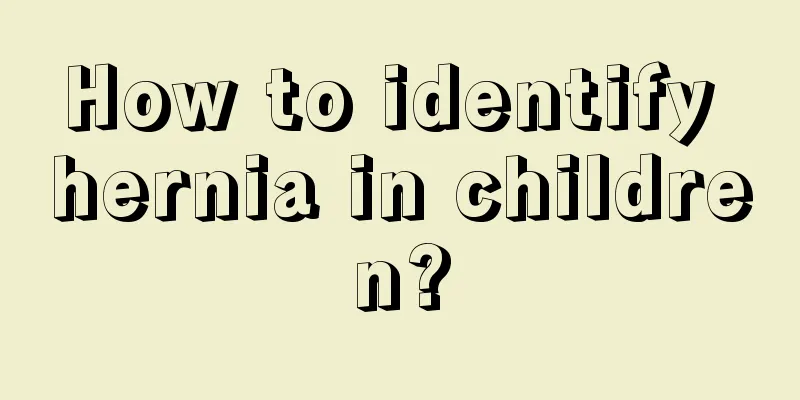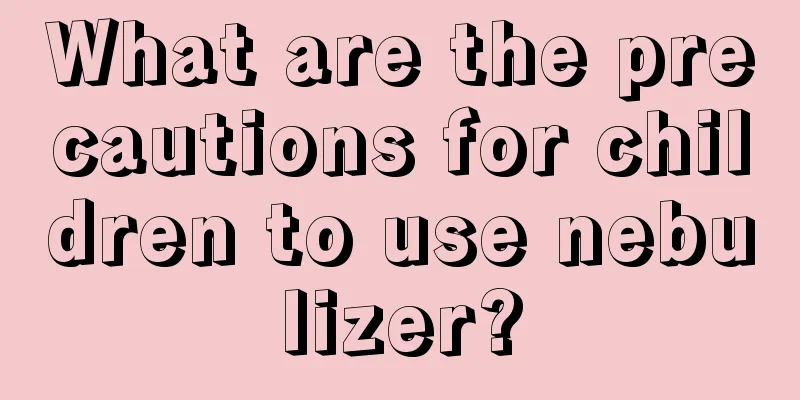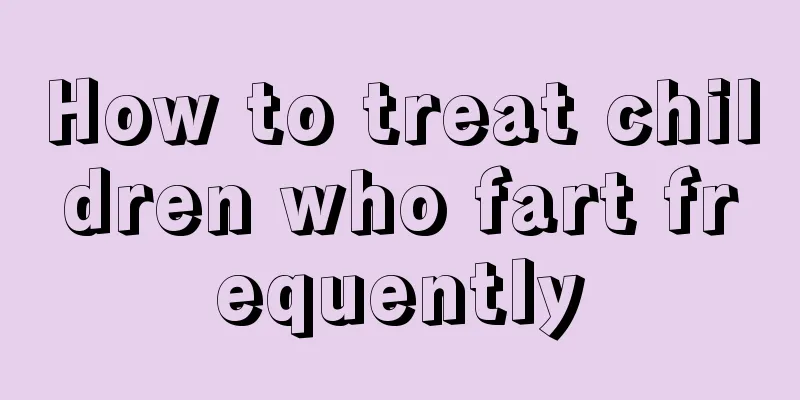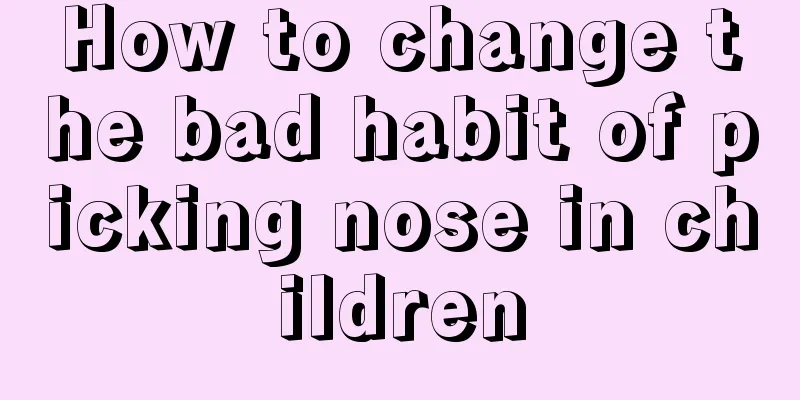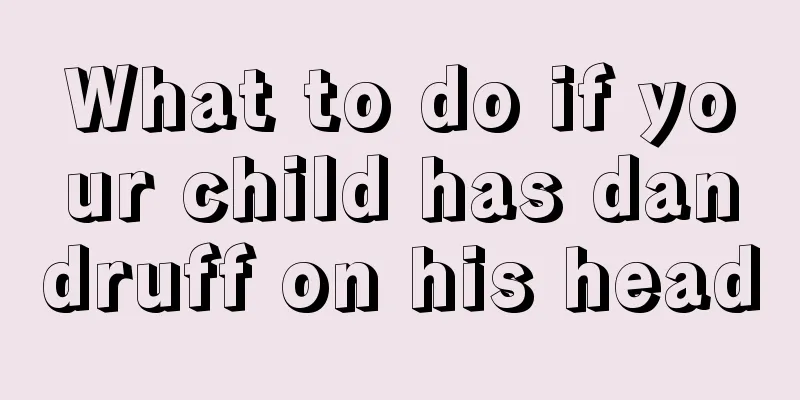Causes and treatments of rhinitis cough in children
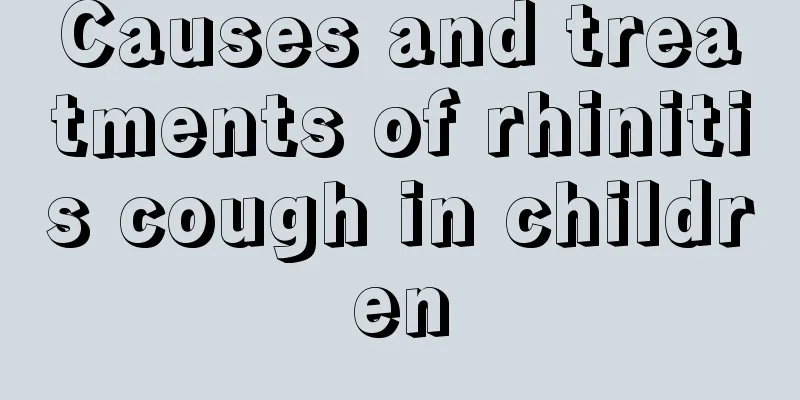
|
We all know that many people have experienced coughing. Coughing has a great impact on us. Many people are particularly troubled by this disease. Now many children have symptoms of rhinitis and cough. This may be due to our cold or some other reasons. There are always many reasons for this situation. So what are some good ways to treat it? Let us now learn about the treatment methods for children’s rhinitis and cough! reason: 1. Viral infection Viral infection is the primary cause, or bacterial infection is secondary to viral infection. More than 100 viruses are known to cause this disease, the most common of which is rhinovirus, followed by influenza and parainfluenza viruses, adenovirus, coronavirus, coxsackievirus, and myxovirus and paramyxovirus. The virus is mainly transmitted through inhalation through the respiratory tract, and secondly through entering the body through contaminated objects or food. 2. Genetic factors People with a family history of allergies are more likely to develop this disease. Most family members of the patients have a history of asthma, urticaria or drug allergy. In the past, such patients were called atopic individuals, whose ability to produce IgE antibodies was higher than that of normal people. However, in recent years, some people have found that there is no significant difference in the incidence rate between twins and the general population. Treatment: 1. Treatment of the cause Identify systemic and local causes, and promptly treat systemic chronic diseases, sinusitis, adjacent infected lesions, and deviated nasal septum. Improve living and working environment, exercise, and enhance body resistance. 2. Local treatment (1) Intranasal glucocorticoids are the first choice for chronic rhinitis. They have good anti-inflammatory effects and ultimately produce a decongestive effect. It can be used for a longer period of time as needed, with good efficacy and safety. (2) Nasal cleaning: For those with more or thicker nasal secretions, the nasal cavity can be cleaned with normal saline to remove the nasal secretions and improve nasal ventilation. (3) Oxymetazoline hydrochloride spray can be used as an intranasal decongestant, and continuous use should not exceed 7 days. If you need to continue using it, you need to stop for 3 to 5 days. Long-term use of 0.5% to 1% ephedrine nasal drops can damage the ciliary structure of the nasal mucosa and should be avoided as much as possible. If it is necessary to use it, use it in small amounts intermittently. The use of nasal drops is prohibited because it has been shown to cause drug-induced rhinitis. (4) Other treatments include blockade therapy, acupuncture therapy, etc., which are rarely used. The above content introduces us to the relevant treatment methods for children's rhinitis and cough. Our children will inevitably suffer from rhinitis and cough. It is very helpful for us to know some relevant content in advance. When this situation occurs again, we can take the correct methods for treatment in a timely and effective manner and restore our health as soon as possible. |
<<: Treatment for baby's vomiting and spitting up
>>: What to do if a child has enlarged nasal glands
Recommend
What are some good ways to treat tooth decay in children?
If a child has tooth decay, it will cause great h...
How to treat autumn diarrhea in children
Many parents will find that as soon as autumn com...
Hand, foot and mouth disease treatment and care
Hand, foot and mouth disease is a very serious di...
What should I do if my child's throat is inflamed and festering?
In life, when children are sick, parents are usua...
What should we do if children have arrhythmia?
The anatomical and physiological basis of arrhyth...
Can babies eat grapes when they have a cough?
Grapes are a fruit we often eat. Grapes can be ma...
What should I do if my child has a hole in his tooth?
It is normal for babies to change their teeth as ...
What medicine is good for children with fever?
When children have a fever when they are young, p...
What should I do if my child has shortness of breath?
Breathing is essential for people to survive. If ...
What is the iron supplement diet for children?
Iron supplementation for children is very helpful...
How can junior high school students improve their memory?
Most families now have only one child, and parent...
Why does a newborn baby struggle and cry when eating breast milk?
Generally, after a baby is born, it is necessary ...
What should I do if my child has a fever or a cold?
Cold and fever are one of the most common childho...
What to do if your baby doesn't sleep at night
Many babies do not sleep very well and cannot sle...
What are the symptoms of Qi deficiency in children?
The problem of qi deficiency in children will hav...
